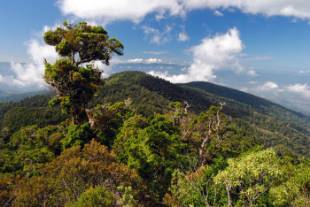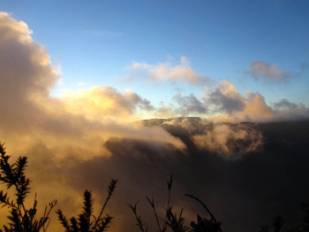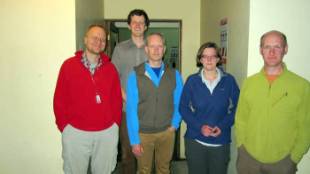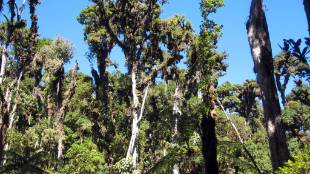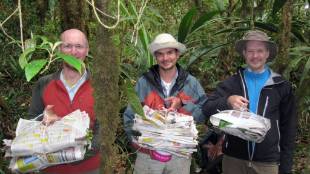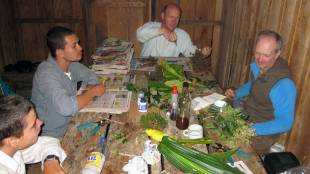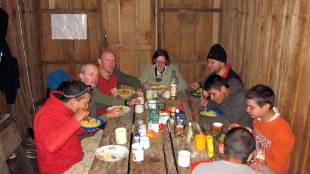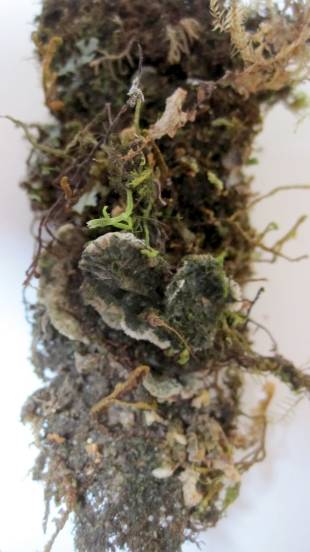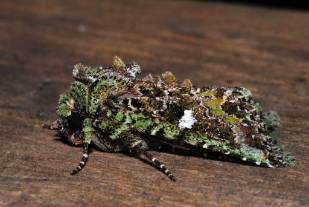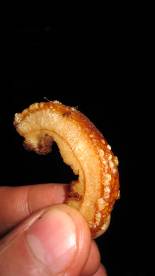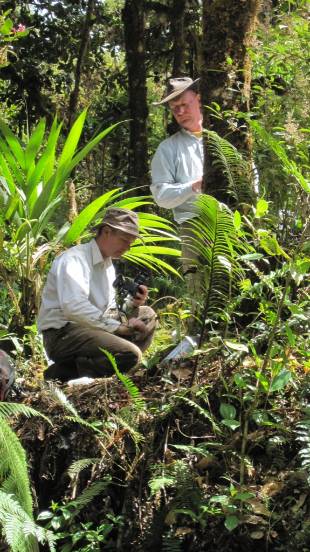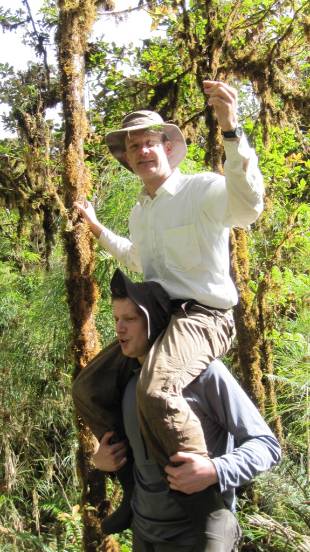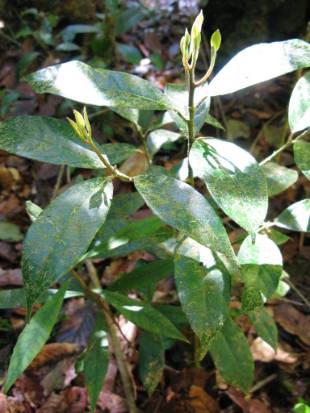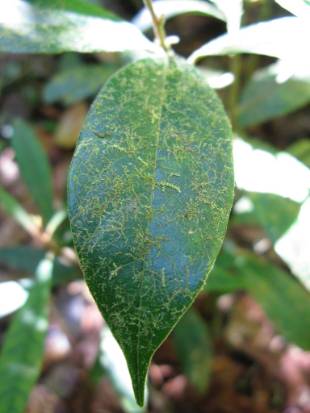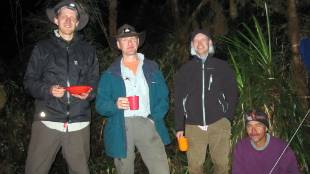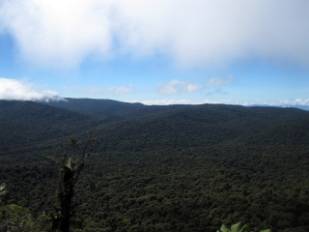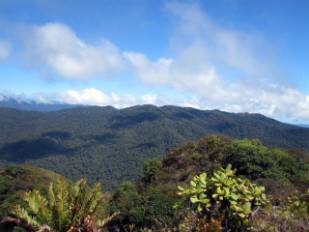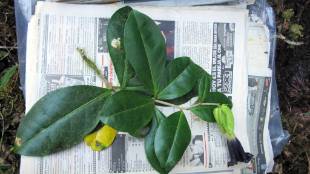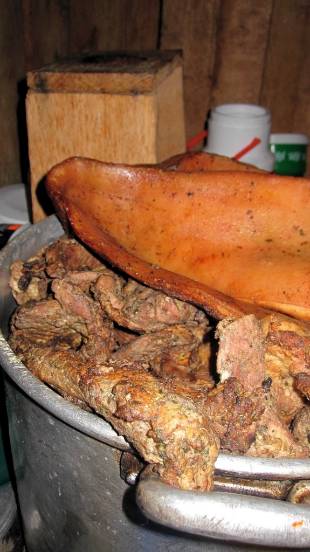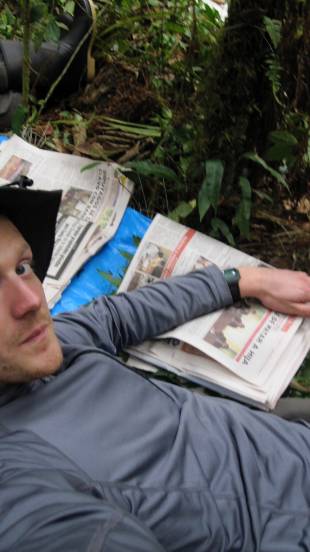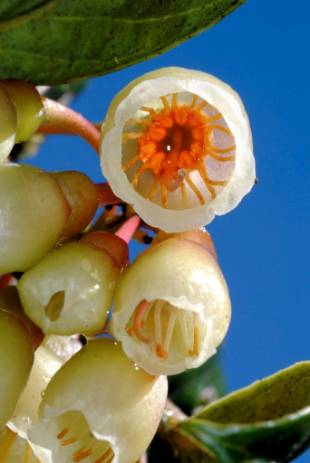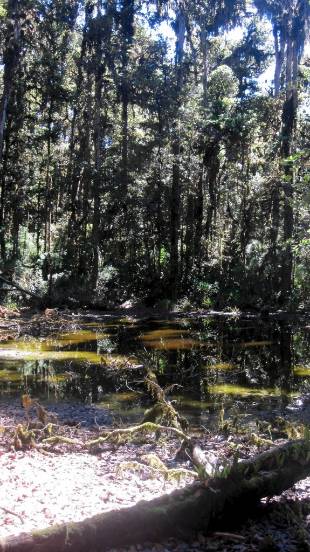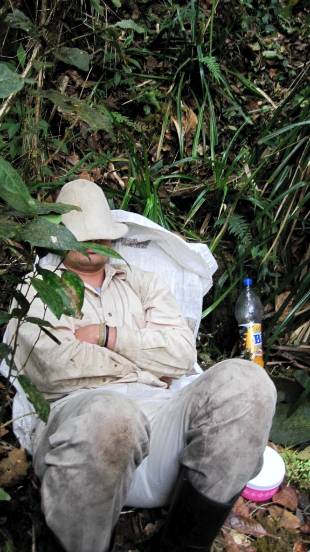As you read this I will be flying back to London and I will have filled up on greasy food in Newark airport on the way… I have had a wonderful time; an experience that I will never forget and I hope you have enjoyed the blog so thank you for reading it!
(Click images to see them full size)
It's Oscars time so please forgive me but it has to be done... the trip would not have been possible without the following people at the Museum:
The Learning Department and specifically Honor, Abigail, Martin and Stephen for letting me leave the office for a couple of weeks. Thanks!
The Nature Live team, particularly Jo Kessler for hosting the live-video-link events so expertly, and Ivvet Modinou, Natalie Mills and Ana Rita Claro Rodrigues for your support and good ideas. Also, thanks to Museum scientists Erica McAlister and Gavin Broad for being in the Studio to help prepare the ground with the audience for the live-video-links.
Tony and Adam in Special Effects for training me to use the satellite phone and other kit, coming to the realisation that I was likely to break it yet still letting me take it into a remote area of tropical forest in a completely different country (I hope you now feel it has been tested properly!).
To Jonathan for posting my blogs every day (even at the weekend) and for providing a forum for the live-chats we’ve held with UK school children as part of Nature Live in the Field - and also thanks to them and their teachers for some great questions and comments!
To Grace for developing the schools side of the project and for keeping me busy
In Costa Rica, a huge thank you to:
Our porters and guides in the La Amistad National Park, and Frank Gonzales at INBIO for sorting out the logistics of the trip and for providing me with a filming permit.
The rest of the botany team: Holger Thues, Jo Wilbraham and Neil Brummit - I hope I have been at least a little bit useful and that I have not wound you up too much with endless questions?
Daniel Santa Maria for my new nick name!
Finally, to Alex Monro for organising the trip and my part in it. I have had a wonderful time and I am so thankful to you for giving me this opportunity to follow science as it happens in the field. Thank you!
I asked the scientists what they thought….
P.S. This is not the end for Field work with Nature Live as, starting from the 7 March my Nature Live colleague Ivvet Modinou will arrive in the Bahamas with a team of scientists to report on a field trip exploring the life in our oceans. It should have some great footage as they'll be using a mini-submersible in their research!
Keep in touch with the Field work with Nature Live community and subscribe to the RSS feed for this blog and you will receive updates whenever a new post appears.
And remember, you can meet more Museum scientists every day at Nature Live events held in the Museum’s Attenborough studio at 14:30 (and also 12:30 every weekend and throughout the holidays).
I hope to see you at a Nature Live event soon!
Tom Simpson, Costa Rica, 2012.
------------------
Note: Tom is currently on his way back to the UK, so I am posting his final blogs from Costa Rica on his behalf.
Jonathan - NaturePlus host



